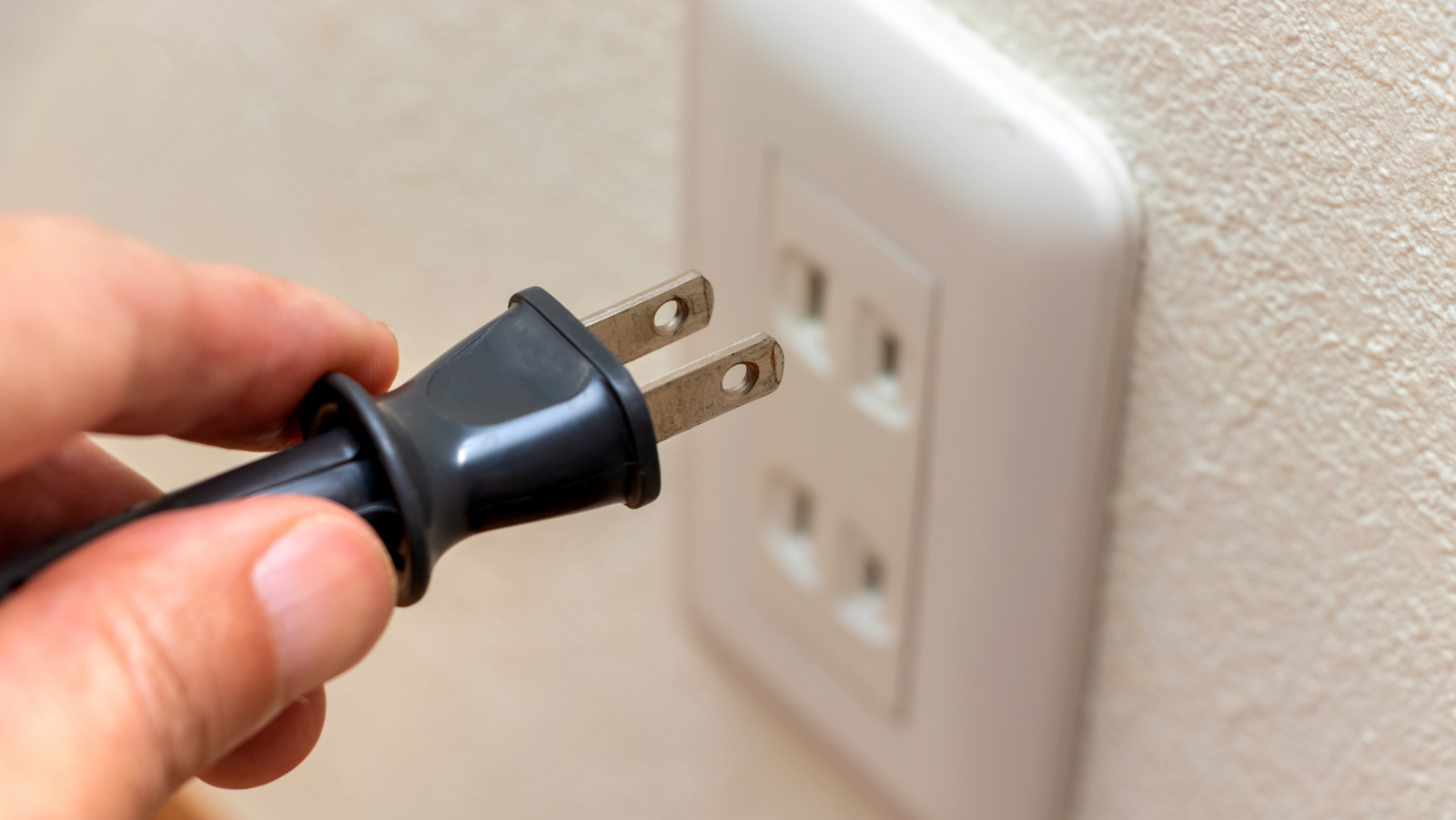

Articles
Why Are There Holes In Electrical Cord Plugs
Modified: December 7, 2023
Looking for articles that explain why there are holes in electrical cord plugs? Read our informative guide to understand this common feature in plug design.
(Many of the links in this article redirect to a specific reviewed product. Your purchase of these products through affiliate links helps to generate commission for Storables.com, at no extra cost. Learn more)
Introduction
Electrical cord plugs are an essential part of our daily lives, playing a crucial role in powering our devices and appliances. From charging our smartphones to running our kitchen appliances, electrical cord plugs ensure a safe and reliable connection between our electrical devices and the power source. In this article, we will explore the significance of electrical cord plugs and delve into the reasons behind the presence of holes in these plugs.
Understanding the inner workings of electrical cord plugs is important for both their proper usage and our overall safety. By gaining insight into why there are holes in electrical cord plugs, we can acquire a deeper understanding of their functionalities and the reasons behind their design.
Key Takeaways:
- Holes in electrical cord plugs serve crucial safety functions, including grounding and polarization, ensuring safe and efficient electrical connections for devices and appliances.
- Regular inspection, proper grounding, and polarization awareness are essential for safe usage of electrical cord plugs, protecting against hazards and ensuring optimal device performance.
Read more: How To Replace Electrical Cord Plug
The Purpose of Holes in Electrical Cord Plugs
Have you ever wondered why electrical cord plugs have holes? These seemingly insignificant holes actually serve a specific purpose. They are designed to enhance the safety and functionality of the electrical cord plugs.
One major purpose of the holes in electrical cord plugs is to ensure proper grounding. Grounding is a critical safety measure in electrical systems that helps prevent electrical shocks and reduces the risk of fire. The holes in the plugs allow for the connection of the grounding wire to the device or appliance that is being powered.
When an electrical device or appliance is connected to a power source, a metal prong inside the plug makes contact with the electrical socket. This prong is responsible for conducting the electrical current. The holes on the sides of the plug are where the grounding wire connects. This grounding wire is connected to the device’s metal casing or chassis, which acts as a pathway for any electrical faults or surges to safely travel to the ground, preventing them from causing harm to individuals or damage to the equipment.
In addition to grounding, the holes in electrical cord plugs also serve another important purpose – polarization. Polarization is the differentiation between the hot and neutral wires in an electrical circuit. The larger hole in the plug is designed to accommodate the hot wire, which carries the electrical current from the power source to the device. The smaller hole, on the other hand, is meant for the neutral wire, which carries the current back to the power source.
This polarization is essential for the safe and proper functioning of electrical devices. It ensures that electricity flows in the intended direction, preventing the risk of electrical shock and minimizing the potential for damage to the device or appliance. By polarizing the electrical plug, the design contributes to the overall safety of the electrical system.
Grounding
In electrical systems, grounding is a fundamental concept that plays a crucial role in ensuring electrical safety. Grounding refers to the process of connecting electrical equipment or devices to the ground, which serves as a safe reference point for the flow of electrical current.
The holes in electrical cord plugs are directly related to the concept of grounding. As mentioned earlier, these holes provide a means for the connection of the grounding wire to the device or appliance. This connection allows for the redirection of any excess electrical current or fault currents to the ground, minimizing the risk of electrical shocks, electrical fires, and damage to the equipment.
By grounding electrical devices, any electrical faults or surges are safely directed away from the user and into the ground through the grounding wire. This is particularly important in the event of a fault, such as a short circuit, as grounding provides a low-resistance path for the excessive current to flow away, preventing the build-up of heat and potential fire hazards.
Grounding is especially crucial in scenarios where sensitive electrical or electronic equipment is used, such as in computer systems or medical devices. These devices are susceptible to damage from electrical surges or static electricity. By grounding them through the holes in the electrical cord plugs, any excess charges or electrical anomalies are effectively dissipated, protecting the equipment from harm.
Overall, grounding significantly enhances electrical safety by providing a reliable path for the flow of unwanted electrical current, reducing the risk of electrical shocks, protecting against fire hazards, and safeguarding sensitive electrical equipment.
Polarization
In electrical systems, polarization is a crucial concept that ensures the safe and efficient flow of electrical current. It involves the differentiation between the hot and neutral wires in an electrical circuit.
The holes in electrical cord plugs play a vital role in achieving proper polarization. The larger hole in the plug is designed to accommodate the hot wire, which carries the electrical current from the power source to the device or appliance. The smaller hole, on the other hand, is meant for the neutral wire, which carries the current back to the power source.
Proper polarization is essential for electrical safety. By differentiating between the hot and neutral wires, correctly polarized electrical cord plugs ensure that electricity flows in the intended direction. This prevents the risk of electrical shock to the user and minimizes the potential for damage to the device or appliance.
Incorrect polarization can lead to hazardous situations. For instance, if the hot and neutral wires are reversed, the connected device may not function properly, and there is a risk of electric shock when touching metal components of the device. Additionally, improper polarization can cause interference in electronic devices, affecting their performance and potentially leading to malfunctions or damage.
By incorporating holes in the electrical cord plugs to accommodate the correct positioning of the hot and neutral wires, the design ensures that the polarization is maintained. This contributes to the overall safety and proper functioning of electrical devices and appliances.
In situations where electrical cord plugs do not have holes for polarization, such as in non-polarized plugs commonly used in older houses or appliances, it is crucial to pay attention to the positioning of the plug when inserting it into the socket. Ensuring that the wider prong of the plug is connected to the wider slot in the socket helps maintain proper polarization.
Proper polarization is not only a matter of safety but also helps maintain the efficiency and performance of electrical devices. By following proper polarization guidelines and utilizing electrical cord plugs with the suitable holes for polarization, we can ensure the safe and efficient operation of our electrical systems.
Check the cord for damage or wear and tear. Holes in plugs can be caused by strain relief or cord grip failure. Replace damaged cords to prevent electrical hazards.
Types of Holes in Electrical Cord Plugs
Electrical cord plugs come in various designs, and they have different types of holes that serve specific purposes or functionalities. Let’s take a closer look at the different types of holes found in electrical cord plugs and their associated functionalities.
1. Grounding Hole: One of the most common types of holes in electrical cord plugs is the grounding hole. This hole is designed to accommodate the grounding pin, which is connected to the grounding wire of the electrical device. The purpose of the grounding hole is to establish a secure and reliable connection between the device and the ground. Grounding is crucial for electrical safety as it helps redirect any excess electrical current or faults to the ground, preventing the risk of electrical shocks and reducing the chance of electrical fires.
2. Hot Wire Hole: Another type of hole often found in electrical cord plugs is the hot wire hole. This larger hole is designed to accommodate the prong connected to the hot wire of the electrical circuit. The hot wire carries the electrical current from the power source to the device or appliance. By providing a separate hole for the hot wire, the plug ensures that the flow of electricity is properly directed, reducing the risk of electrical shocks and maintaining the device’s proper functioning.
3. Neutral Wire Hole: The smaller hole in electrical cord plugs is meant for the neutral wire, which carries the electrical current back to the power source. This hole ensures that the electrical circuit is properly completed, allowing for the efficient operation of the device. Similar to the hot wire hole, the neutral wire hole helps maintain the safety and functionality of electrical systems by directing the flow of electricity in the intended direction.
4. Polarization Holes: Some electrical cord plugs feature additional holes to support proper polarization. These holes are designed to accommodate the polarized prongs, which differ in size to ensure correct positioning in the electrical socket. By incorporating polarization holes, the plug helps prevent incorrect insertion and ensures that the hot and neutral wires are connected correctly. Proper polarization is essential for electrical safety, minimizing the risk of electrical shocks and maintaining the optimal performance of devices.
The presence of these different types of holes in electrical cord plugs demonstrates the attention to safety and functionality in their design. By understanding the specific purposes and functionalities associated with each type of hole, we can make informed decisions when selecting and using electrical cord plugs for our devices and appliances.
Read also: 13 Best Electrical Cord Plug for 2024
Safety Considerations
When it comes to using electrical cord plugs, safety should always be a top priority. The presence of holes in electrical cord plugs plays a significant role in ensuring the safe usage of electrical devices and appliances. Here, we will discuss the safety aspects related to these holes and provide tips for ensuring safe usage.
1. Proper Functioning: It is crucial to use properly functioning electrical cord plugs. Damaged or worn-out plugs can increase the risk of electrical hazards, such as electrical shocks or fires. Inspect the plugs regularly for any signs of wear and tear, such as frayed wires or loose connections. If you notice any damage, replace the plug immediately with a new one to ensure safe operation.
2. Grounding Integrity: The presence of grounding holes in electrical cord plugs is essential for electrical safety. It is important to ensure that the grounding connection is intact and properly secured. A loose or disconnected grounding wire compromises the effectiveness of grounding, potentially leading to electrical hazards. Regularly check and tighten the grounding connection to maintain its integrity.
3. Polarization Awareness: Pay attention to the correct polarization when plugging in devices. Incorrect polarization can pose safety hazards and affect the performance of electrical devices. Be mindful of the larger hot wire hole and the smaller neutral wire hole to ensure the proper flow of electricity. If using non-polarized plugs, ensure that the wider prong is connected to the wider slot in the electrical socket.
4. Overloading Prevention: Avoid overloading electrical cord plugs, as it can lead to overheating and potential fire hazards. Each electrical plug has a maximum capacity, indicated by its amperage rating. Be aware of the power requirements of the devices or appliances you are connecting and do not exceed the plug’s capacity. If additional power outlets are needed, consider using power strips with surge protection.
5. Cord Management: Proper cord management is essential for preventing tripping hazards and damage to the electrical cords. Avoid placing cords in high-traffic areas or under carpets, where they can get damaged or cause accidents. Do not tightly coil or bend cords, as this can lead to wire breakage or insulation damage. Utilize cord organizers or cable clips to keep cords neat and out of the way.
By adhering to these safety considerations, you can ensure the safe usage of electrical cord plugs. Make it a habit to regularly inspect the plugs, maintain proper grounding and polarization, prevent overloading, and practice efficient cord management. Prioritizing safety when using electrical cord plugs helps protect both yourself and your electrical devices from potential hazards.
Conclusion
In conclusion, the presence of holes in electrical cord plugs serves important purposes in ensuring electrical safety and functionality. Throughout this article, we have explored the key points related to the holes in electrical cord plugs and their significance.
We learned that the holes in electrical cord plugs allow for proper grounding, establishing a secure connection between the device and the ground. Grounding helps prevent electrical shocks, reduces the risk of fires, and safeguards sensitive electrical equipment.
We also discovered that the holes play a role in polarization, ensuring that the flow of electrical current is directed correctly. Proper polarization is crucial for preventing hazards and maintaining the optimal performance of devices.
The different types of holes found in electrical cord plugs cater to specific functionalities. Grounding holes provide a path for excess current to safely flow to the ground. Hot wire and neutral wire holes establish the proper electrical connections, while polarization holes support correct positioning in electrical sockets.
Safety considerations related to the presence of holes in electrical cord plugs were also discussed. It is important to use properly functioning plugs, address any damaged plugs promptly, and ensure that grounding integrity and polarization principles are followed. Overloading prevention and efficient cord management were highlighted as essential practices to ensure electrical safety.
In conclusion, the holes in electrical cord plugs serve as crucial components for electrical safety and proper functioning. By understanding their purposes and adhering to safety measures, we can enjoy the benefits of electrical devices and appliances while minimizing the risks of electrical hazards.
Remember to prioritize safety, regularly inspect and maintain your electrical cord plugs, and make informed choices when using them. By doing so, you can confidently and safely power your electrical devices, knowing that you are taking the necessary precautions for your well-being and the longevity of your electrical equipment.
Frequently Asked Questions about Why Are There Holes In Electrical Cord Plugs
Was this page helpful?
At Storables.com, we guarantee accurate and reliable information. Our content, validated by Expert Board Contributors, is crafted following stringent Editorial Policies. We're committed to providing you with well-researched, expert-backed insights for all your informational needs.
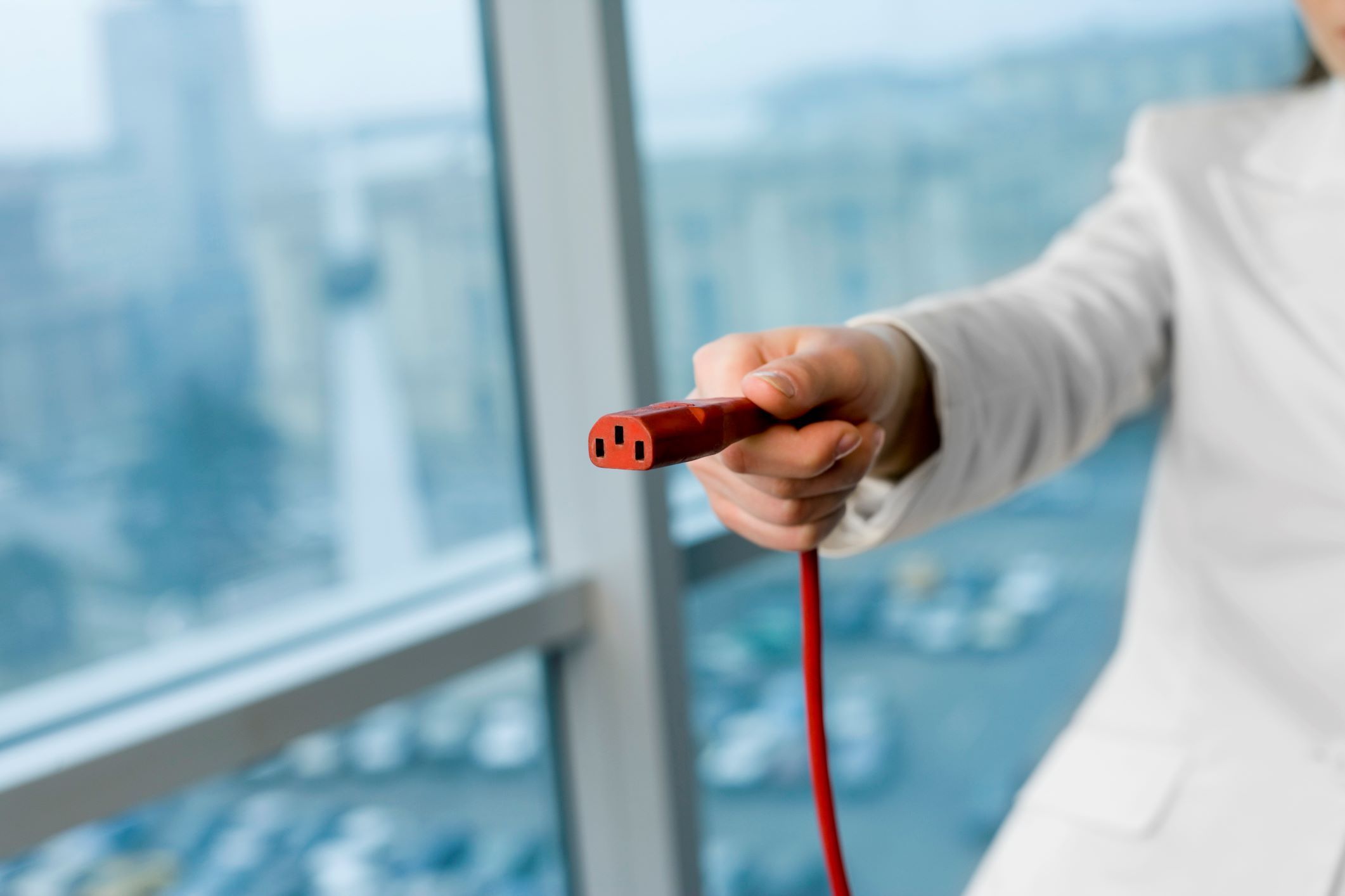
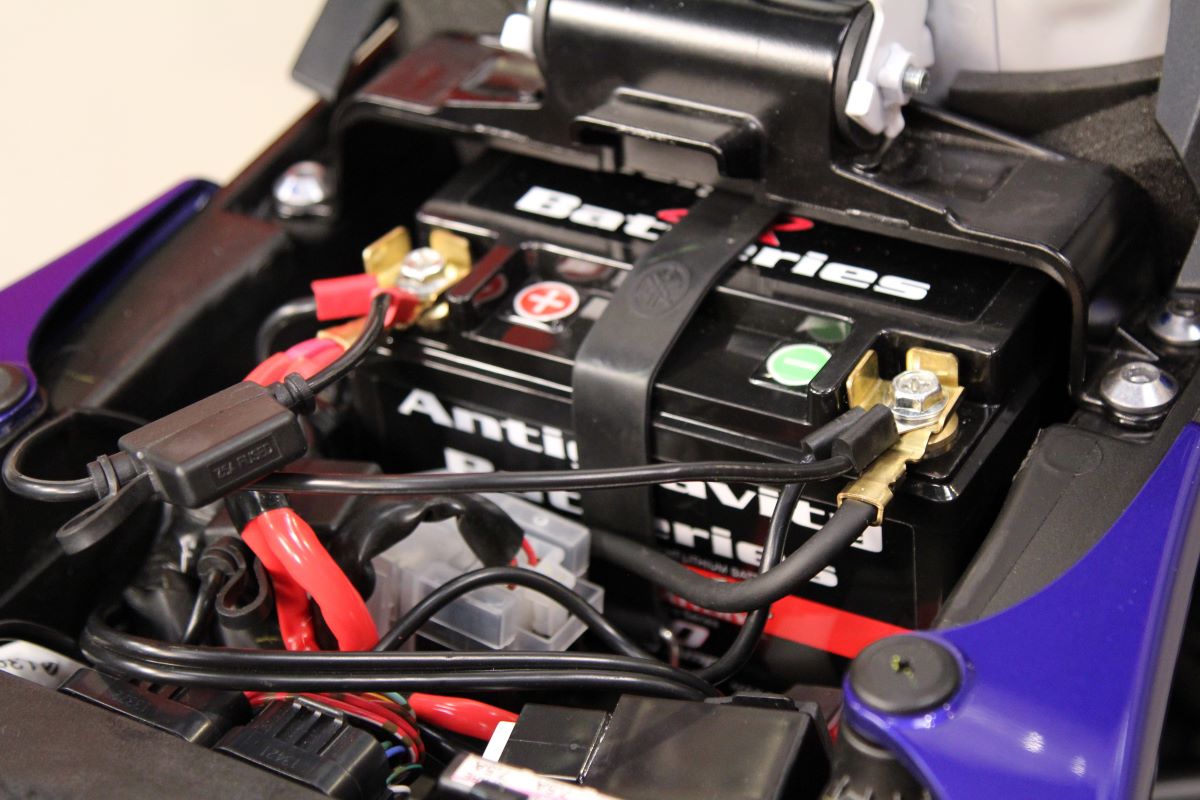
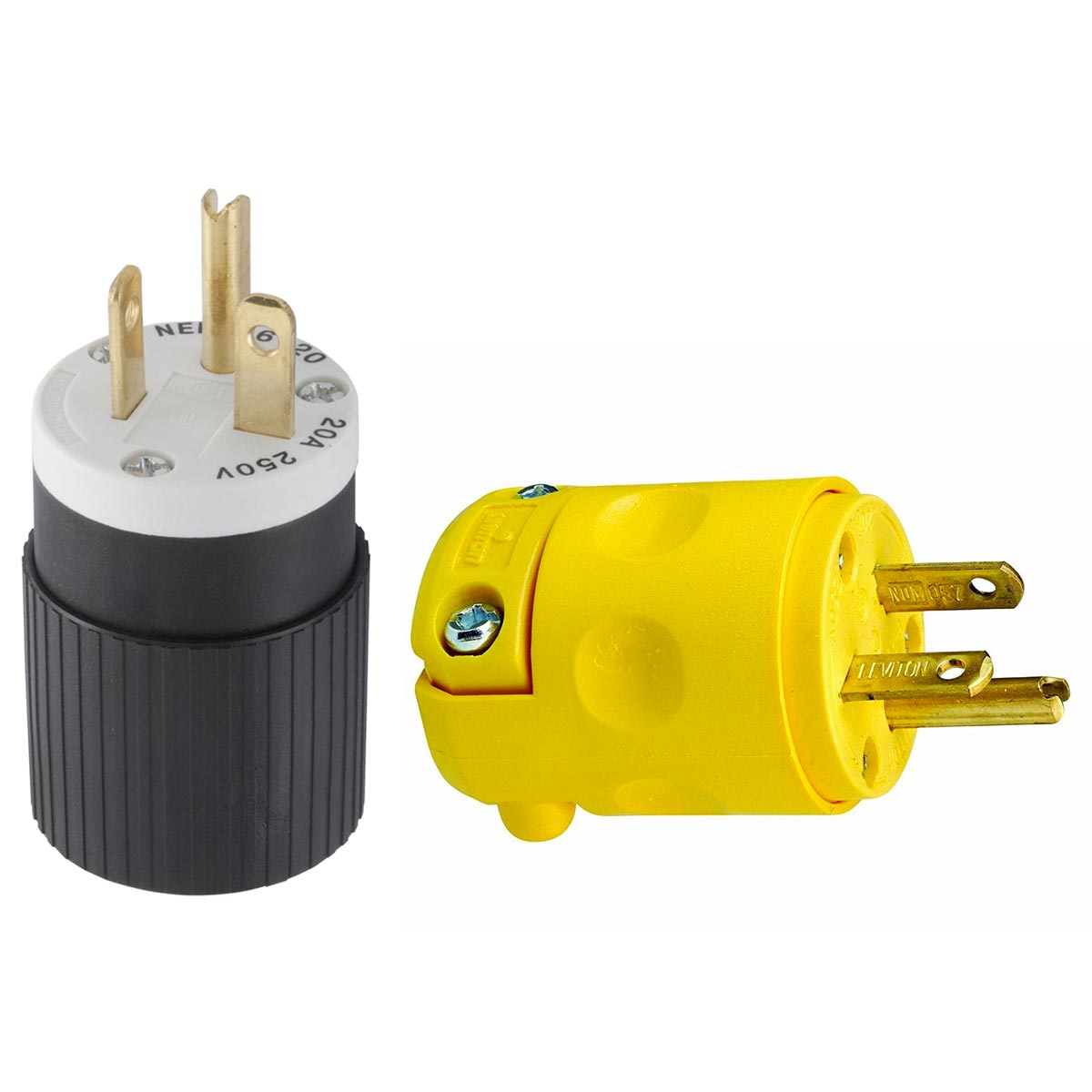
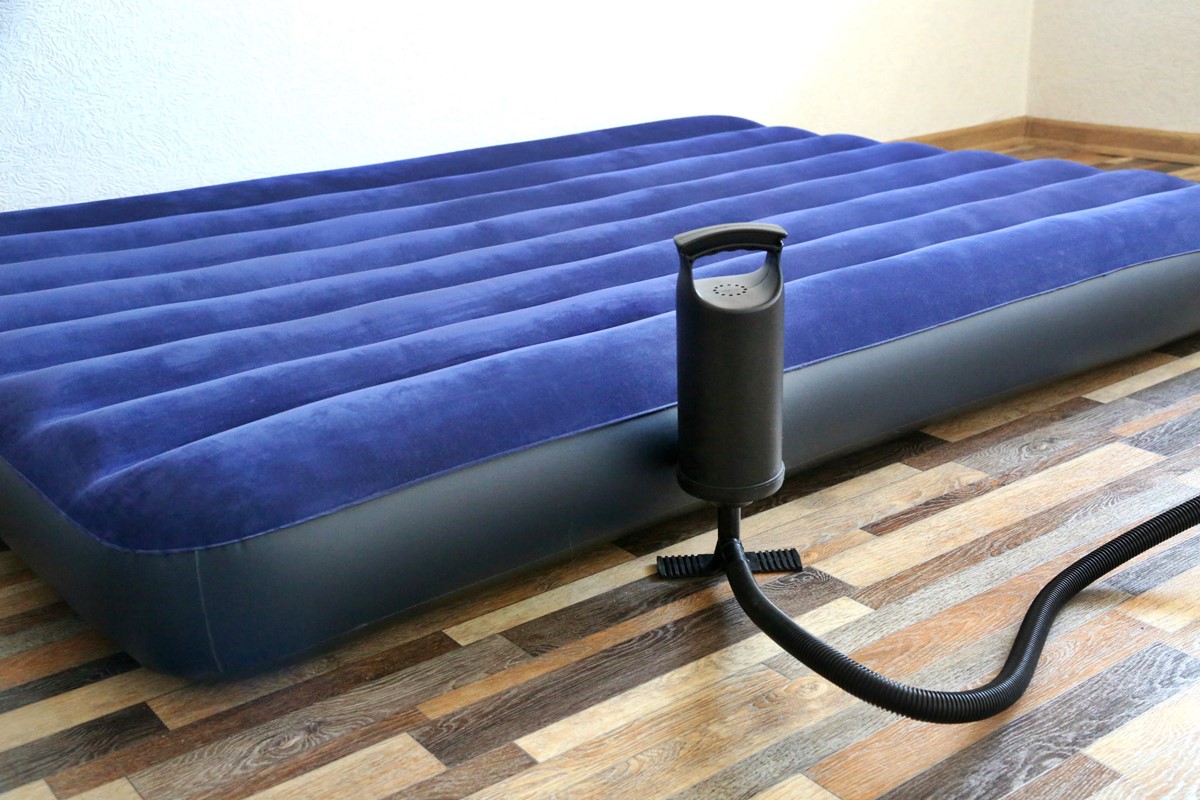
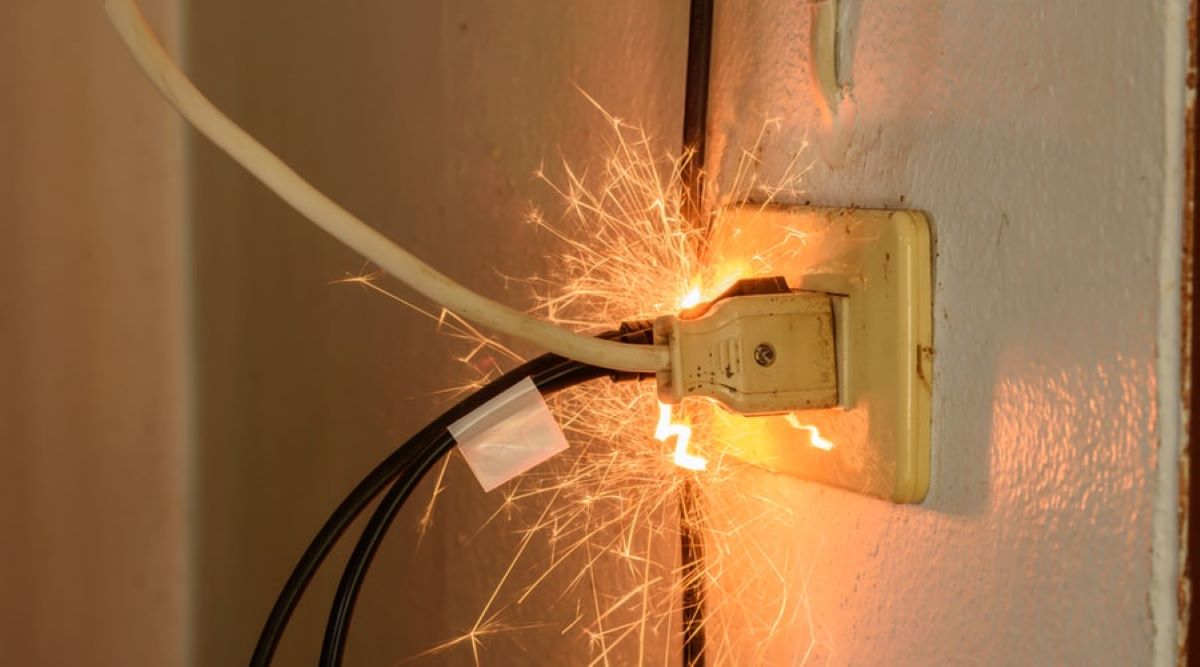
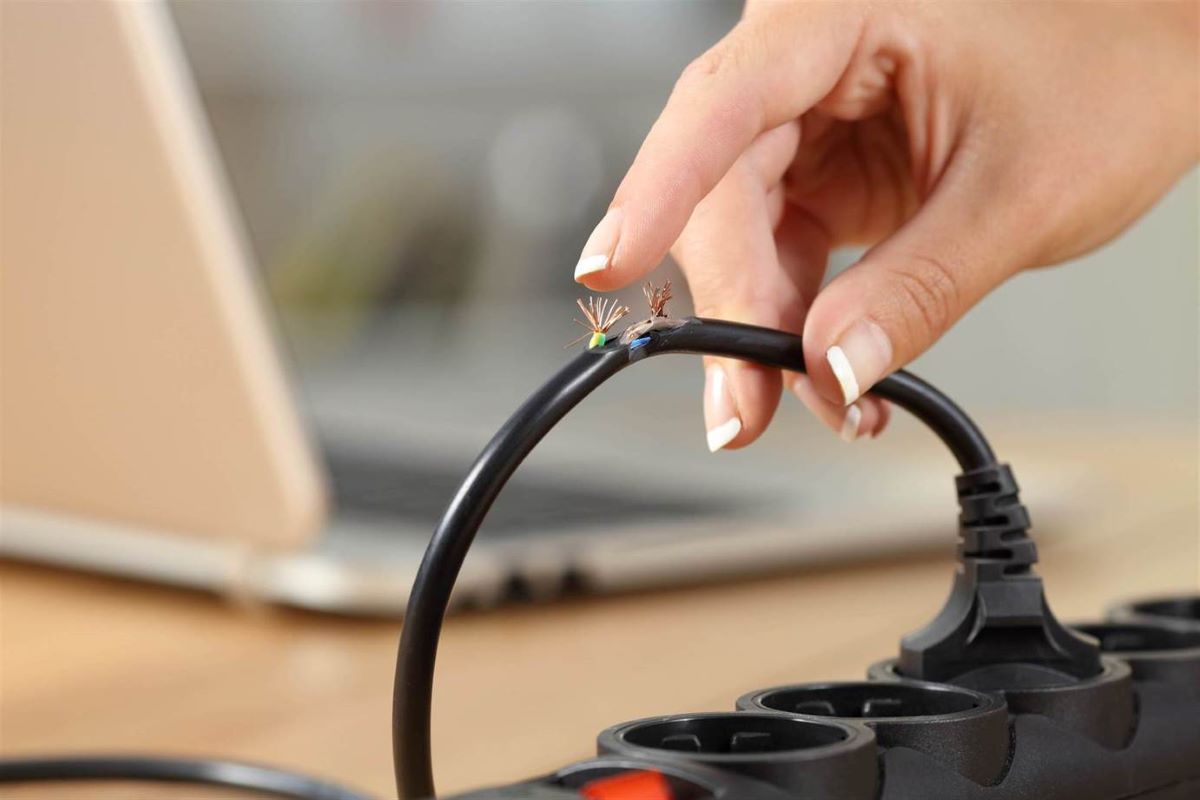
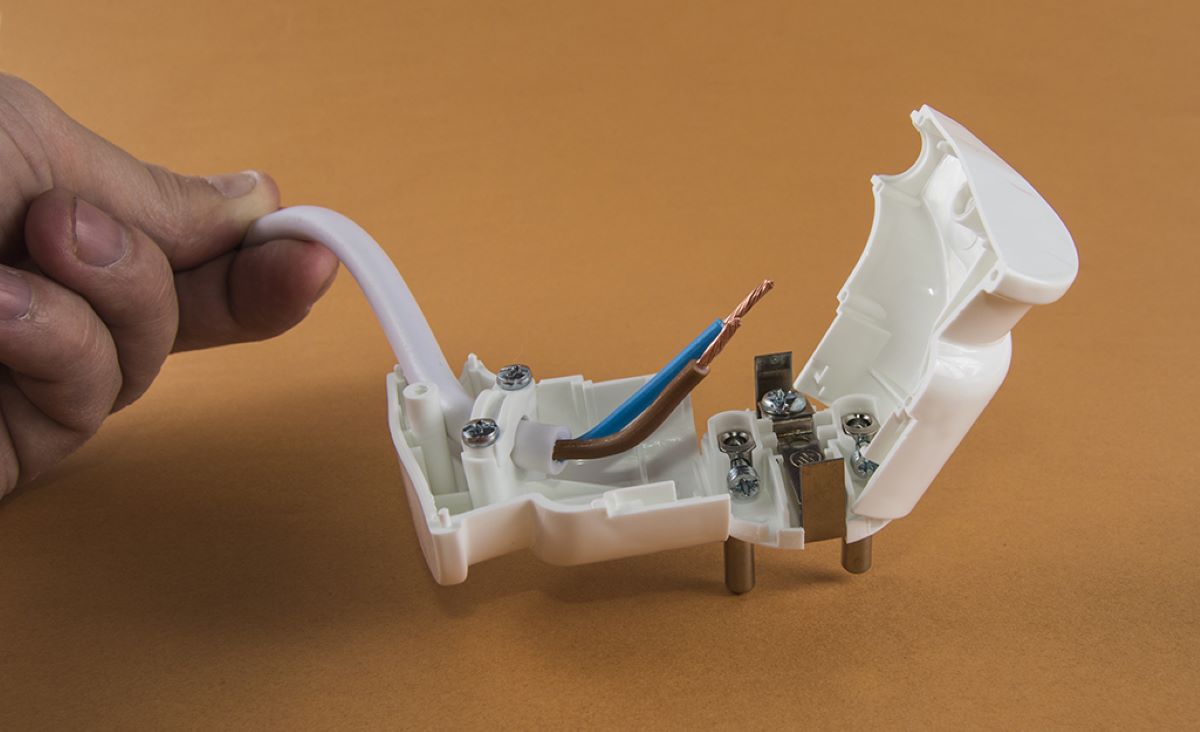
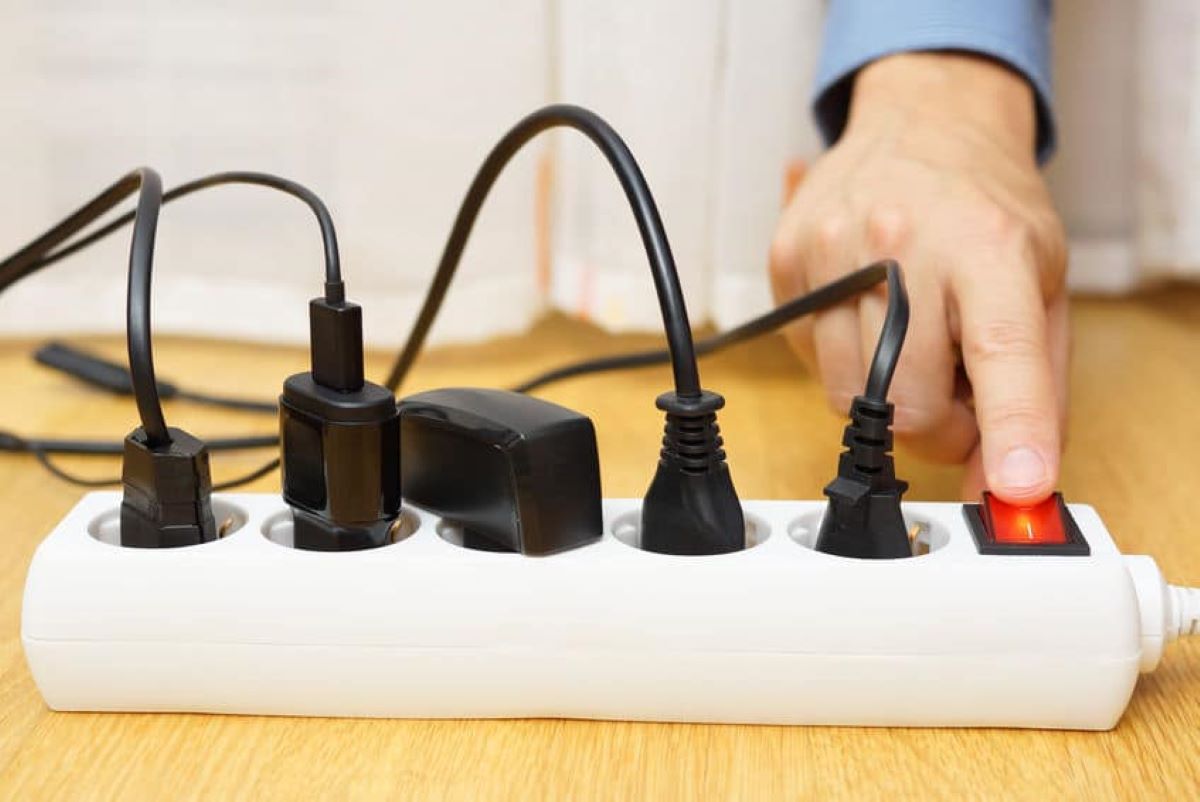
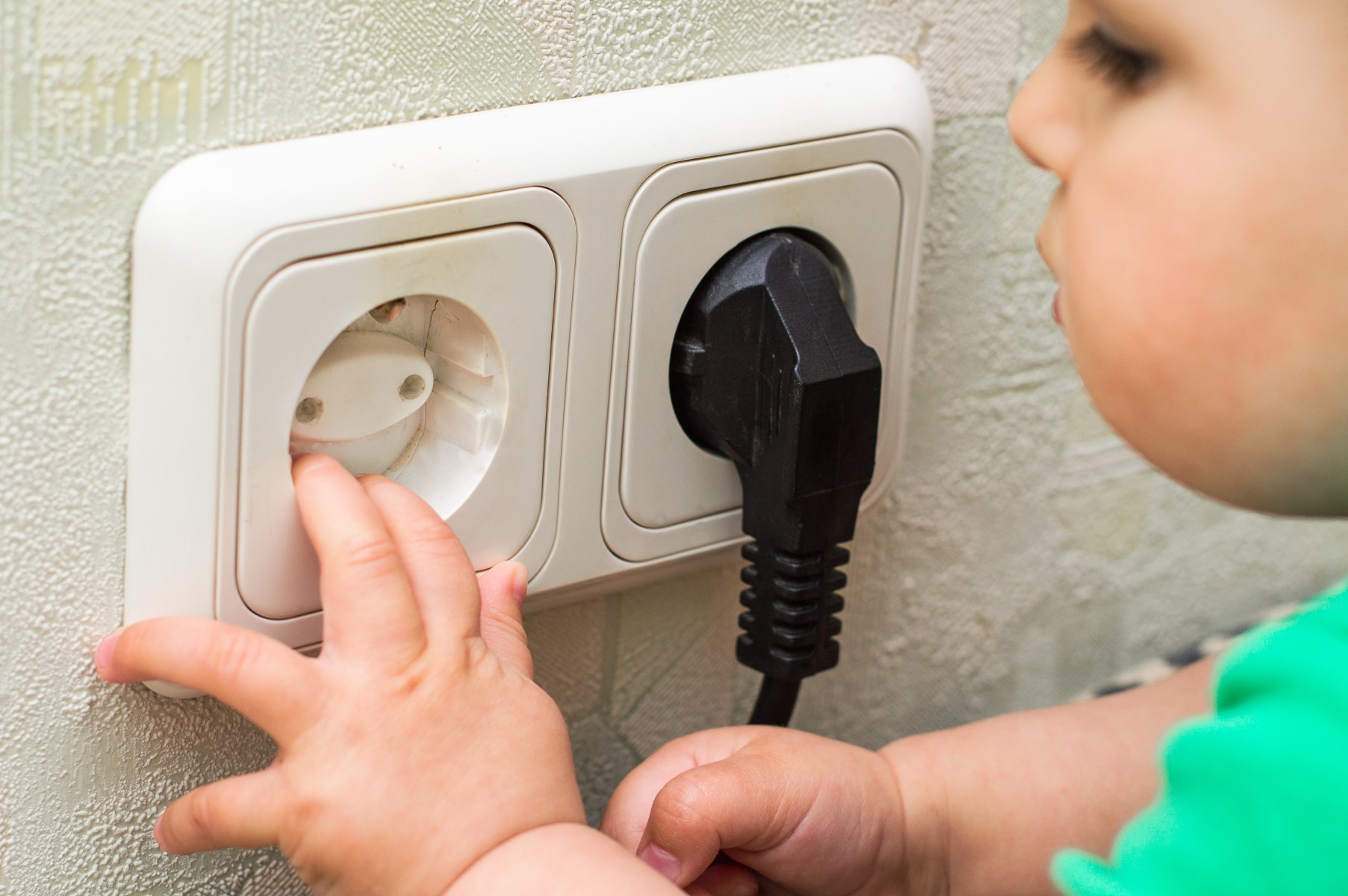
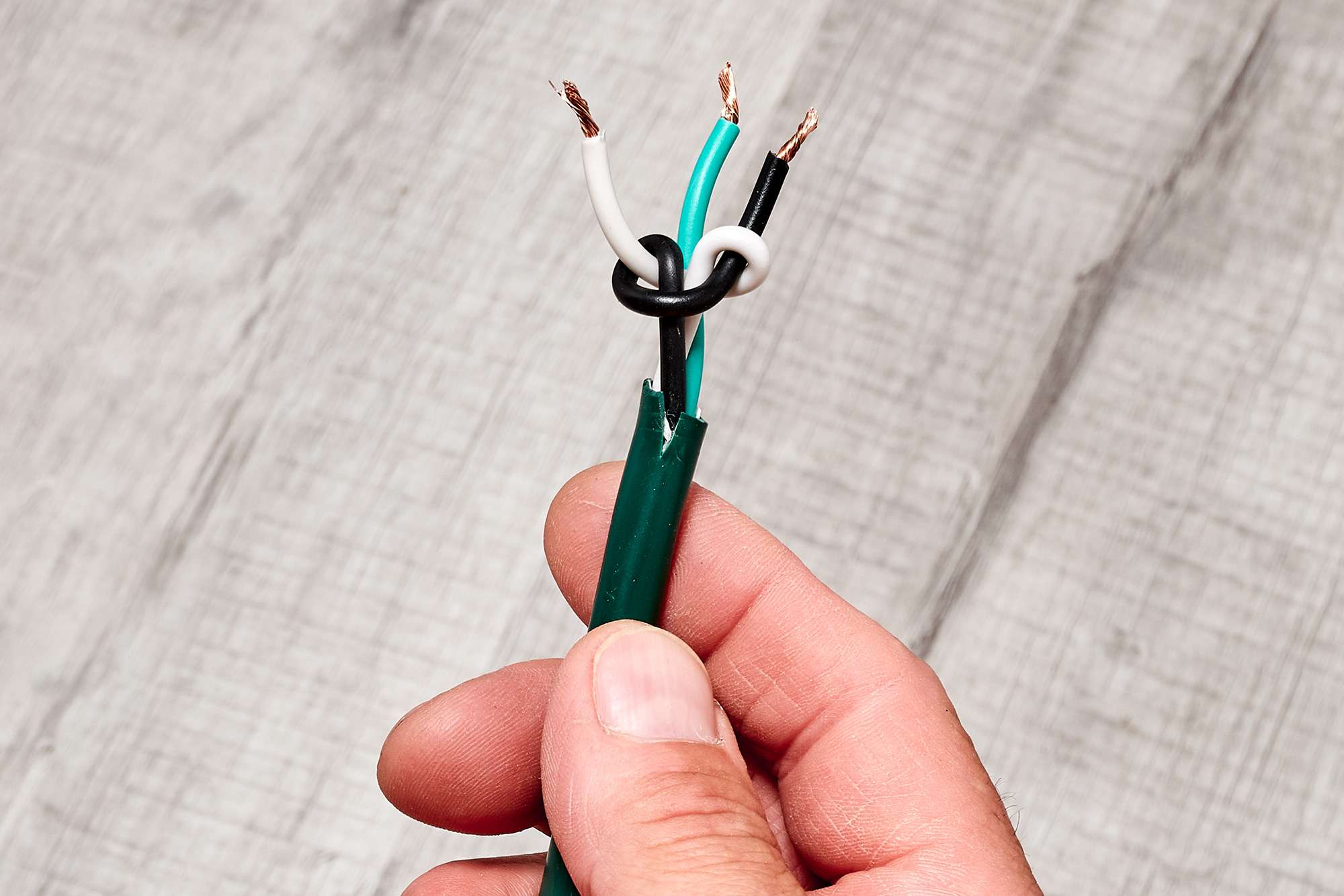
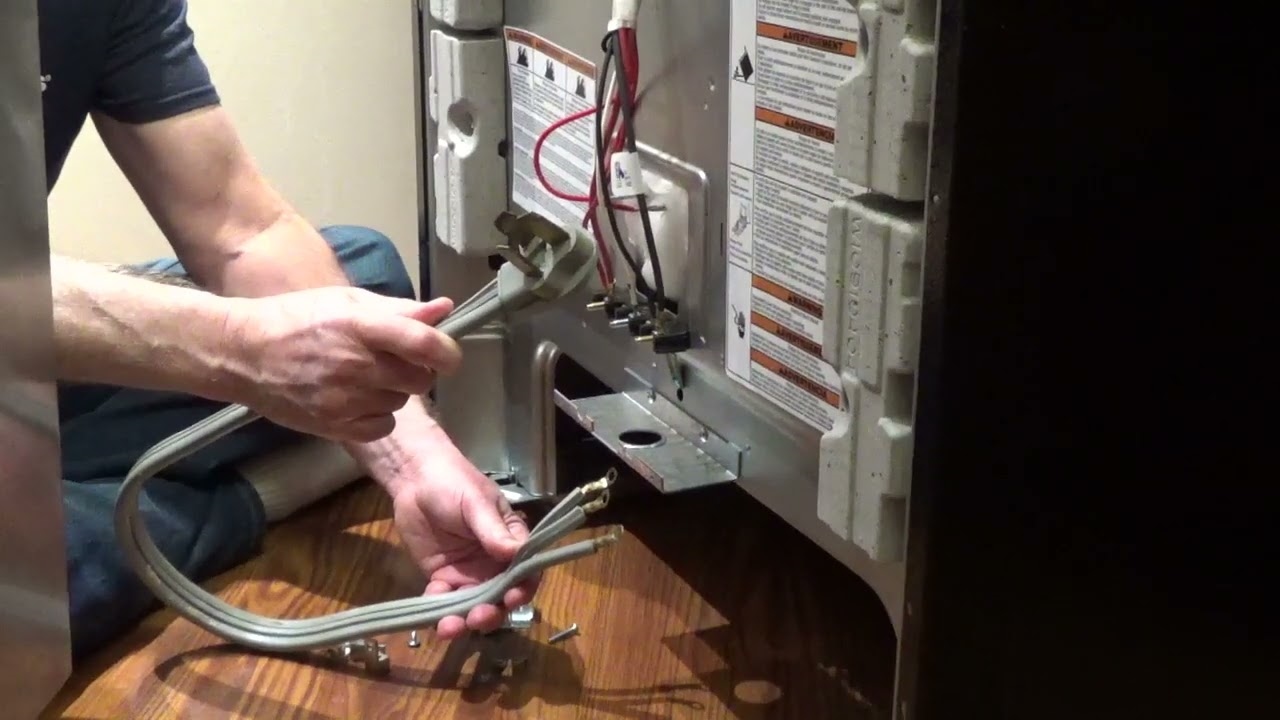
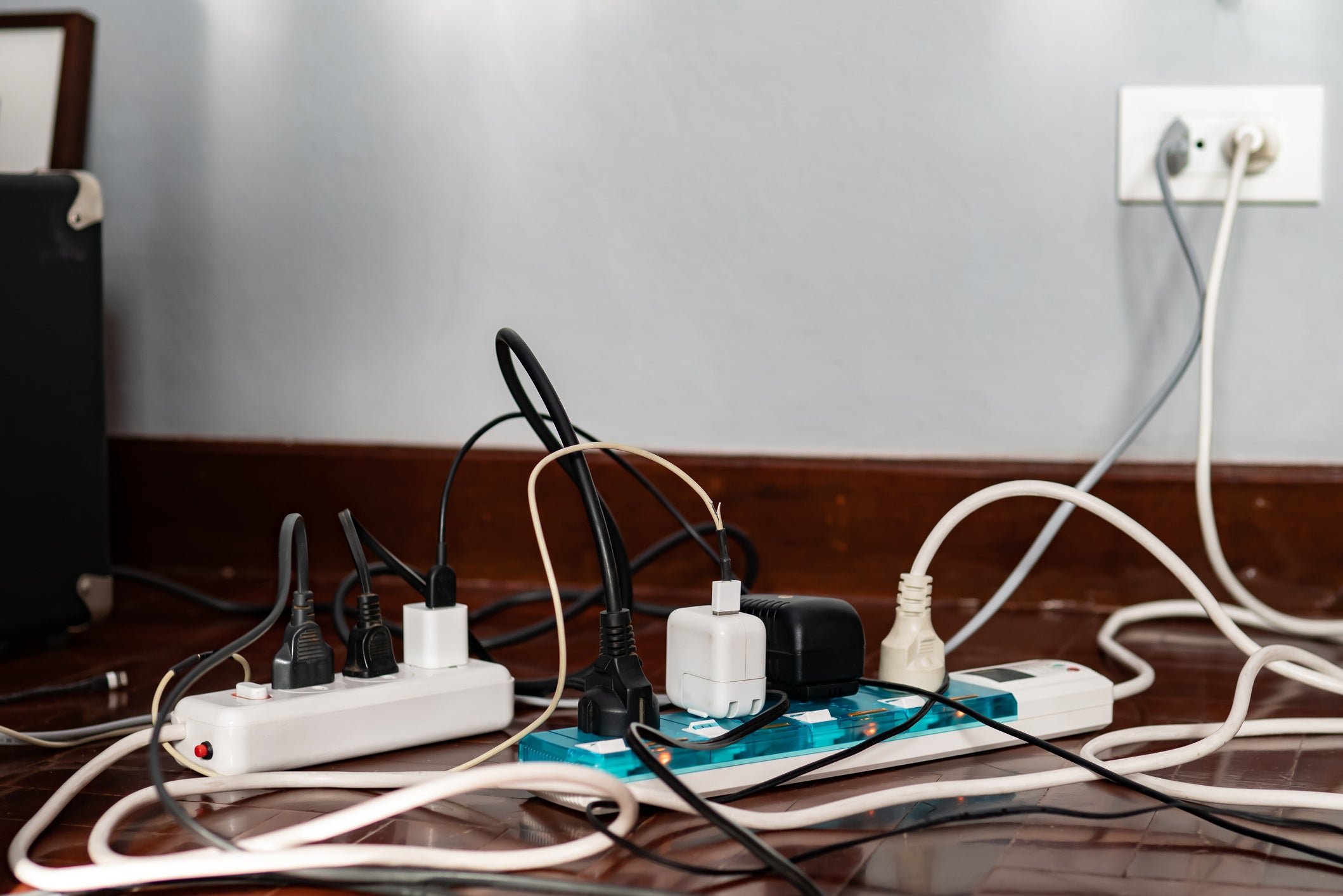
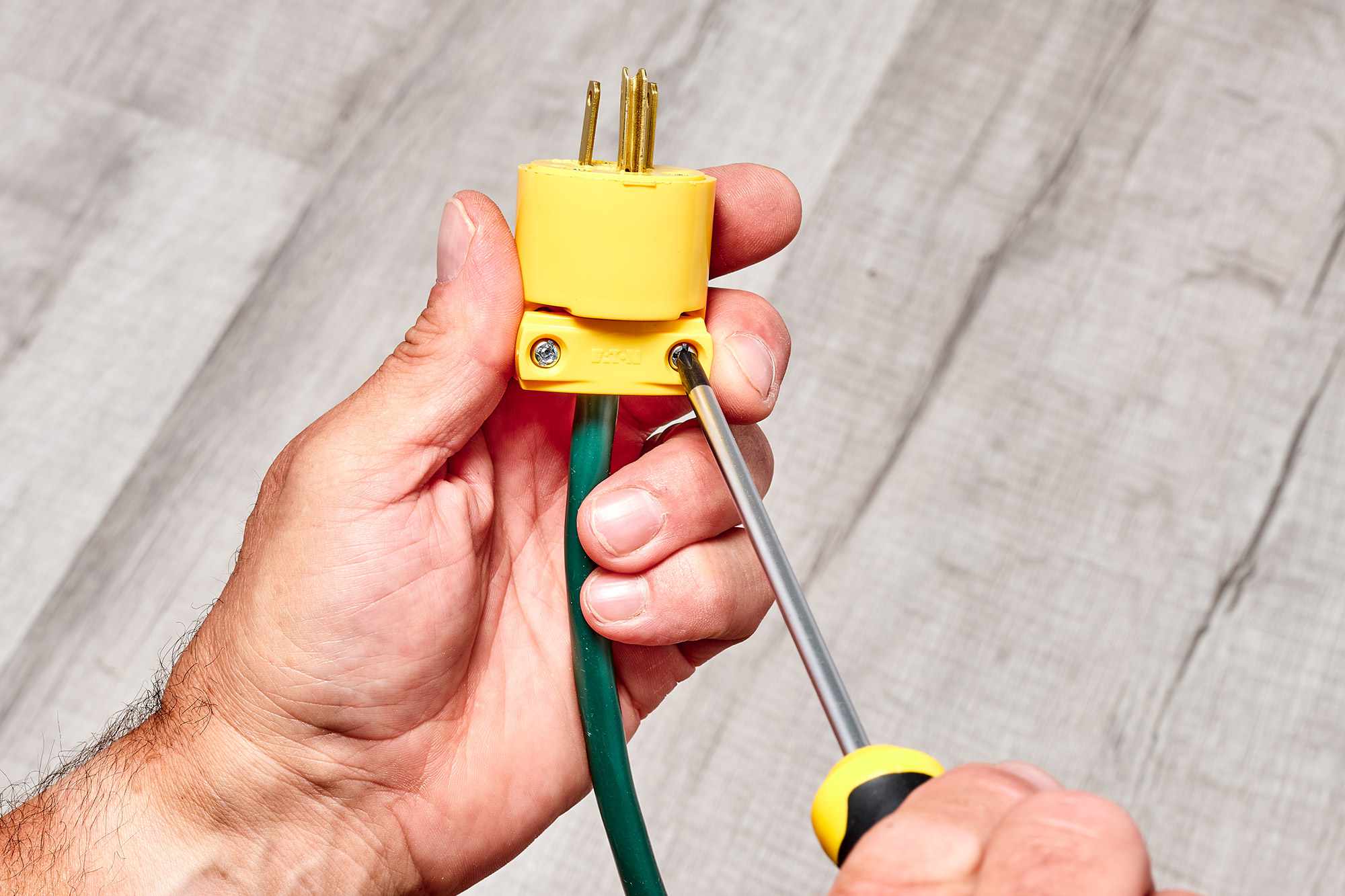
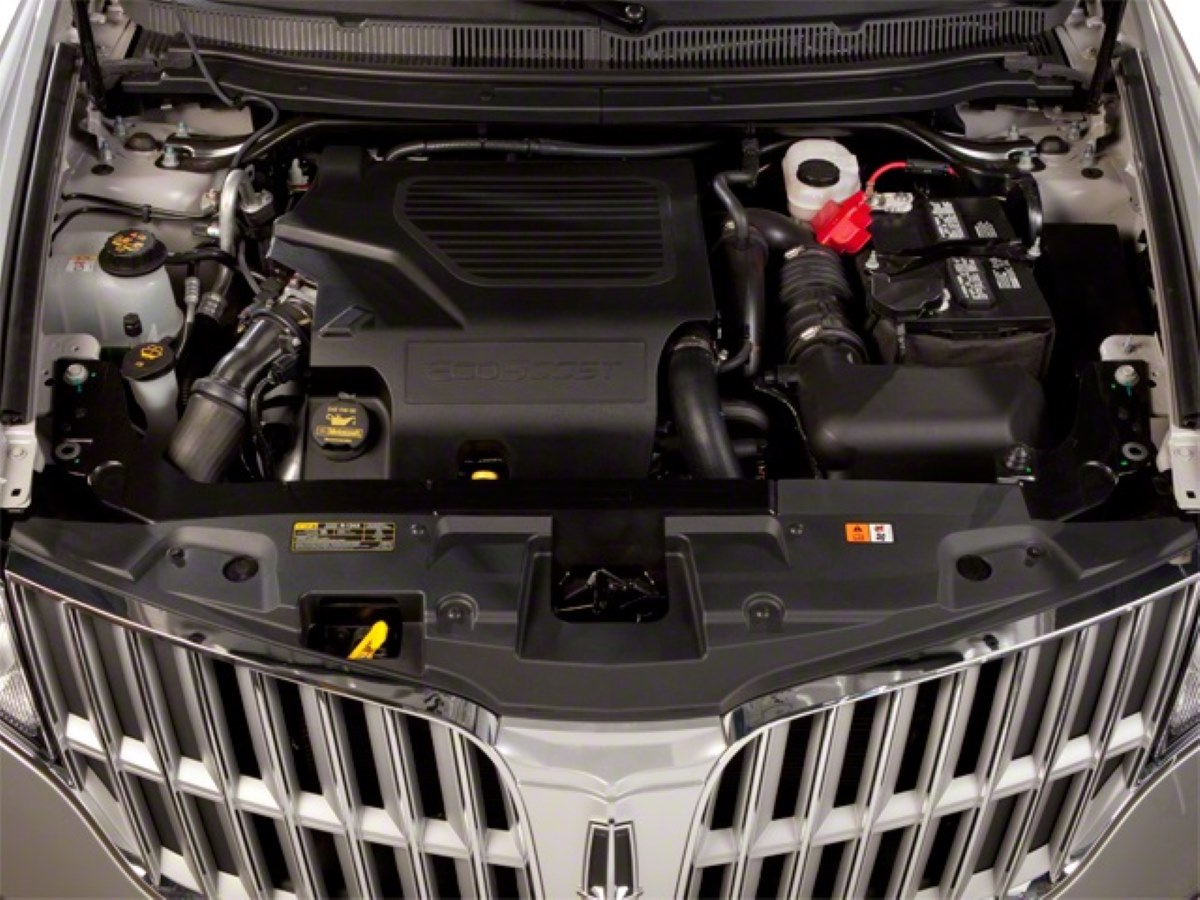

0 thoughts on “Why Are There Holes In Electrical Cord Plugs”